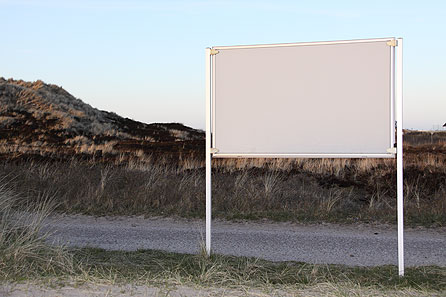|
There is no audience; there are bodies and situations.
We are embodied experience and all sensory input triggers
memories, thoughts, emotions, relations, actions, language.
This is the instrument we play – the body as situation
– out of key, out of tune, by ear, or skillfully as
the result of hard training.
As an artist and artistic researcher working with participatory performances and installations, I’ve been using the terms “oraliture” and “oral engagement” as reference points in an attempt to articulate my practice and poetics. In a culture where literacy is given a higher status than orality, performances are seen as ephemeral. However, from my perspective performances are concrete, knowledge activating and reality producing events, but it is a knowledge and reality production that challenges many hierarchies of modernity, especially the domination of visuality and textuality, where "to see is to know". We are deeply embedded in literacy and in a visual-textual
mode of thinking, our consciousness is framed by it, and the memory
technologies we use discipline our minds and our mental processes. A performance has the potential to re-sensitize us to a wider ratio of senses that includes oral modes of knowing and I use the orality-literacy contrast to open up a reflexive space where many of the dichotomies we find ourselves trapped within collapse.
Please, join me in a thought experiment for a moment, inspired by Walter Ong, to see if we can transport ourselves to a completely different mindset than we are used to. Imagine that we live in a primary oral culture, we do not use or even know of the technology of writing. We constitute a community of tellers and listeners, and the most trusted way to both pass on and to store knowledge would be in the format of performances. Our perception of the world is oral-aural, where language is sound, rhythm, time and situation. Knowledge resides in living flesh, in a storytelling tradition, and in the environment. There is no such thing as the original story, or original form. To speak with the writer and poet Éduoard Glissant: “nothing is true, everything is alive”.
In literate cultures as our own, we have a very different concept of memory, history, truth, origin, and knowledge. We have written records and it is possible to trace what was being said at a specific moment in time, word by word. This attitude of referring to the information alone, as if it could be separated from the situated utterance, is a completely different way of understanding language, and how knowledge and meaning is formed and transferred. In a world of written and printed words, we have started to view language first and foremost as signs, rather than sound.
Being literate though, does not mean that we have left the oral world behind, but that the perception connected with it tends to be considered subordinate. It is regarded to be messy, unreliable, subjective and immersive. There is no outside from where it can be viewed. The division and hierarchy between these different sensibilities, and ways of being in the world, have created a gap that we constantly try to bridge: between body and mind, subjectivity and objectivity, practical and analytical, fictional and factual, et cetera. In my view, art operates in this gap – with the seen, the unseen and the in-betweens. If engaged, you will find yourself oscillate between different knowledge systems, and you are invited to explore a sensorium that keeps you in a state of constant becoming.
In my work there is no privileged position or full view. There is no audience and no actors. There isn’t even any artwork unless you activate it and set it in motion. You are invited to engage in an experience of being situated and responsive, where exformation is put into play and normality is questioned. You don’t need to perform, only engage.
<<
Back to projects |
|
|
